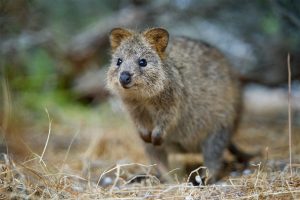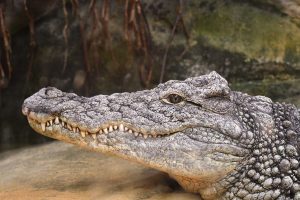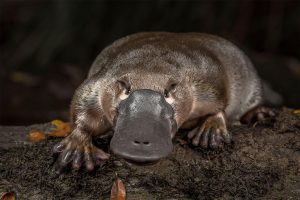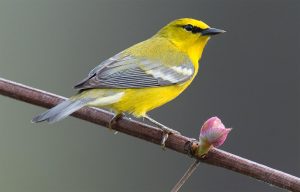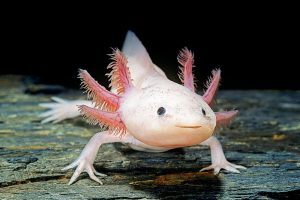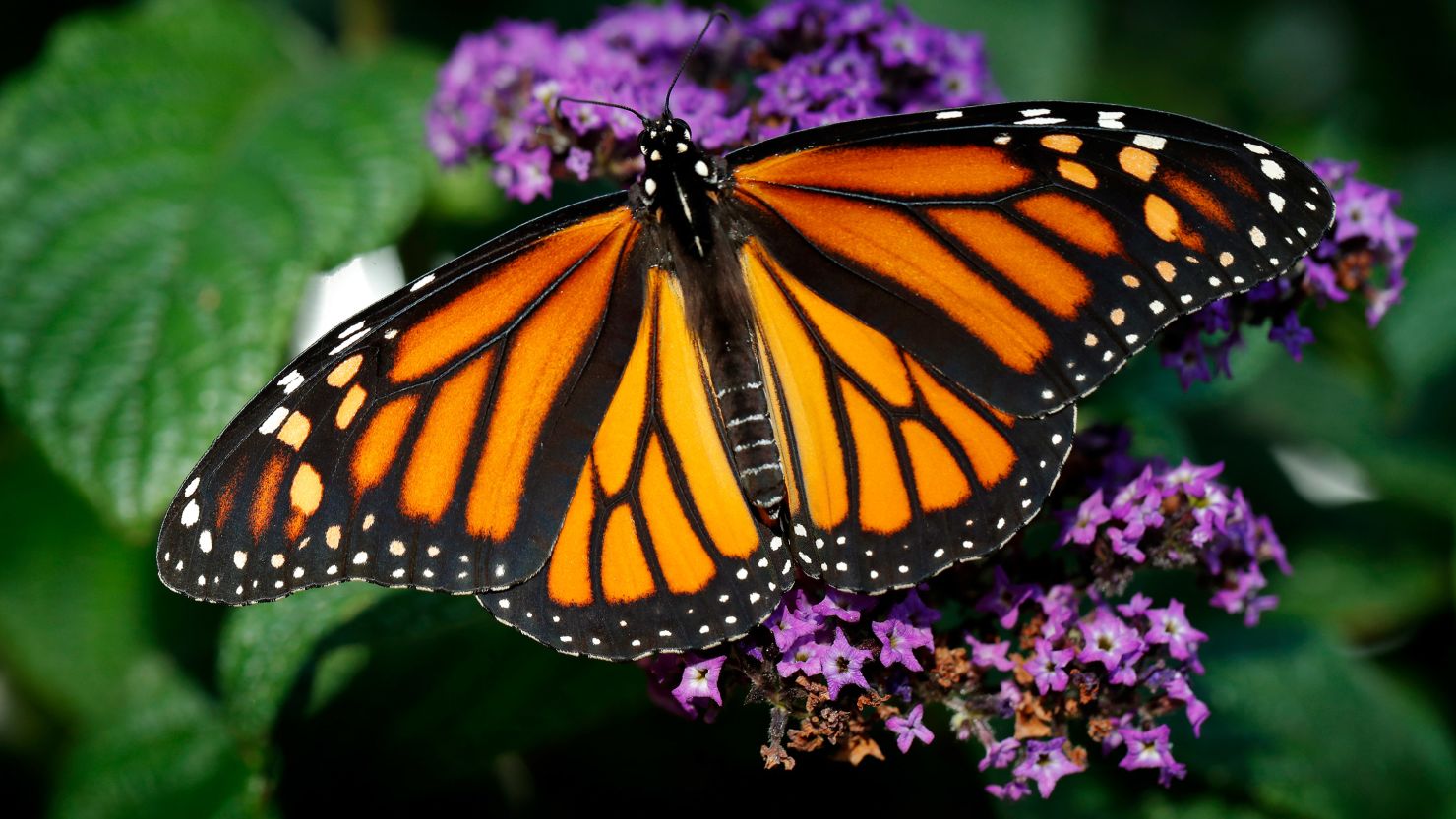
36 interesting facts about butterflies
- 👁️ 444
Butterflies, with their delicate wings and vibrant colors, captivate the hearts of many. These enchanting creatures are far more than just a pretty sight; they play a crucial role in the ecosystem through pollination and as a part of the food chain. Butterflies have fascinated scientists and nature lovers alike for centuries, leading to extensive research and countless myths and legends surrounding their existence. Their life cycle, from the tiny egg to the majestic adult butterfly, is a marvel of nature, demonstrating transformation and resilience. Here are 36 interesting and informative facts about butterflies that showcase their diversity, behavior, and significance in the natural world.
- Butterflies belong to the order Lepidoptera, which means ‘scaled wings’ in Greek.
- There are over 17,500 recorded butterfly species worldwide.
- Butterflies taste with their feet, thanks to taste receptors located there.
- The Monarch butterfly is known for its long migration, traveling up to 3,000 miles.
- Butterflies can see red, green, and yellow.
- The largest butterfly in the world is the Queen Alexandra’s birdwing, with a wingspan of up to 1 foot.
- Some butterfly species have a lifespan of only 2 to 4 weeks.
- Butterflies use their antennae for balance and detecting smells.
- The smallest butterfly in the world is the Western Pygmy Blue, with a wingspan of just over half an inch.
- Butterflies cannot fly if their body temperature is less than 86 degrees Fahrenheit.
- Many butterflies migrate to avoid adverse environmental conditions.
- The color in a butterfly’s wings does not come from pigment but from the way the wings reflect light due to their microscopic structure.
- Butterflies have been found on every continent except Antarctica.
- A group of butterflies is known as a flutter.
- The process of transformation from caterpillar to butterfly is called metamorphosis.
- Butterflies have four stages in their life cycle: egg, larva (caterpillar), pupa (chrysalis), and adult.
- Some species of butterflies can hibernate during the winter.
- Butterflies and moths are differentiated partly by their resting posture; butterflies rest with their wings closed, while moths rest with their wings open.
- The Viceroy butterfly mimics the Monarch’s appearance to avoid predators, despite being non-toxic itself.
- Butterflies have a liquid diet, consuming nectar from flowers through a proboscis, a long, straw-like tongue.
- The proboscis coils up when not in use.
- Some butterfly species are territorial, often returning to the same place every day.
- The Glasswing butterfly’s wings are transparent, allowing it to camouflage without extensive coloration.
- Butterflies play a significant role in pollinating flowers, albeit less efficiently than bees.
- The Blue Morpho butterfly’s vibrant blue color is not due to pigment but the microscopic scales on its wings that reflect light.
- Butterflies can only lay their eggs on the type of plant their larvae will eat, known as the host plant.
- Climate change impacts butterfly migration patterns and the timing of butterfly metamorphosis.
- Butterflies have three pairs of legs, like all insects.
- In many cultures, butterflies symbolize life, change, and endurance.
- The spots on some butterflies’ wings mimic the eyes of larger animals to scare predators away.
- Some species of butterflies exhibit social behavior and may roost together at night.
- Butterflies have compound eyes, allowing them to see multiple images at once.
- Male butterflies often have brighter colors and patterns than females, used to attract mates.
- The caterpillar of the Harvester butterfly is carnivorous, a rare trait among butterflies.
- Butterflies have been subject to extensive research in genetics and evolution.
- Some butterflies have specialized scales that produce sounds audible to humans and other animals.
Butterflies, with their diverse species, fascinating life cycle, and ecological roles, are among nature’s most remarkable creations. They not only add beauty to our environment but also contribute significantly to biodiversity and the health of ecosystems. The study of butterflies, their behavior, and their adaptation to changing environments continues to provide valuable insights into the natural world. Their existence reminds us of the importance of conservation efforts to protect these delicate creatures and their habitats for future generations to marvel at and learn from.
